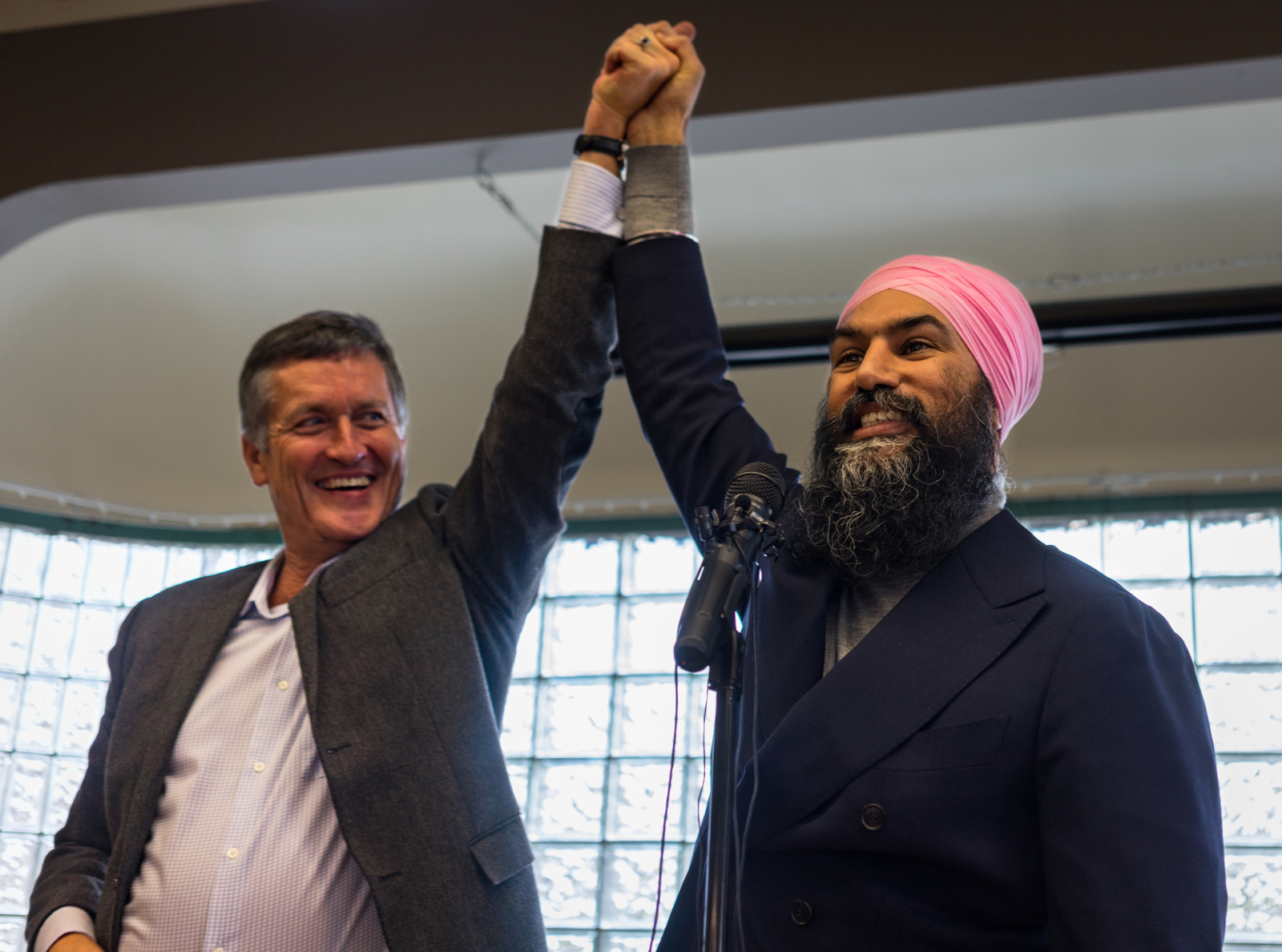
Headlines of op-eds and sponsored content taken from Postmedia and the Canadian Energy Centre. Background image is handout photo of LNG Canada. Postmedia, Canadian Energy Centre screenshots, LNG Canada photo
A disputed environmental claim publicized by the fossil fuel firms backing a $40-billion liquefied natural gas project in B.C. can be traced back to a lifelong industry insider, who cautioned in interviews that his underlying calculations are “theoretical.”
Rob Seeley has been held up as an independent consultant who has demonstrated the green bona fides of natural gas coming from the proposed B.C. project, LNG Canada. The Coastal GasLink pipeline being built through unceded Wet’suwet’en Nation territory is meant to transport fracked gas to this terminal, where it would be liquefied, loaded onto ships and exported to Asia.
One particular claim by Seeley has taken on a life of its own. It appeared in a piece of sponsored content, or “advertorial,” that LNG Canada paid to have published in Postmedia’s Vancouver Sun in 2018. The claim has been quoted by everyone from federal Conservative finance critic and former cabinet minister Pierre Poilievre to pro-oil and gas websites including one run by Alberta’s energy “war room,” officially known as the Canadian Energy Centre.
Seeley’s claim is that if LNG Canada can ship liquefied natural gas from B.C. to China, and the Asian nation uses it to displace its coal-generated electricity, it would reduce carbon pollution by “60 to 90 million tonnes annually” — a stunning figure that is roughly equivalent to all of B.C.’s annual emissions.
This tantalizing piece of information would seem to underpin what both the federal Liberals and Conservatives have said in support of LNG Canada: that on top of the promised jobs and economic benefits, it could also help the environment. The Trudeau government is on board, chipping in $275 million to the project, while Conservative Leader Andrew Scheer has blasted Coastal GasLink opponents.
But there’s a catch: Seeley’s heavily quoted figure represents a disputed conclusion about the benefits of natural gas, and he says he intentionally left out real-world factors in his calculations.
Other analysts point to the fact that natural gas exploitation releases methane, a highly potent greenhouse gas, while renewable energy sources are rapidly becoming cost-competitive with coal and gas in China. What’s more, the man behind the famous figure is not just a run-of-the-mill energy consultant. LNG Canada did not return a request for comment.

‘I was hired by LNG Canada’
In a series of interviews with National Observer, Seeley acknowledged that much of his career was spent with Shell Canada, the subsidiary of British-Dutch firm Shell that has the largest slice of the LNG Canada joint venture. Shell owns 40 per cent, Malaysia’s Petronas owns 25 per cent, Japan’s Mitsubishi and PetroChina own 15 per cent each, and the Korea Gas Corporation owns five per cent.
Seeley said he’s a chemical engineer with 40 years of experience in energy projects like gas plants and refinery retrofits, as well as oilsands development, and emissions management. At one point, he was even featured in a TV commercial for Shell. He retired in 2013 and moved into consulting — a year before the companies behind LNG Canada formalized their joint venture.
“I was hired by LNG Canada based on my experience and the leadership roles that I had held in my Shell career, including the role of general manager, sustainable development, for Shell Canada, which included greenhouse-gas management,” Seeley said. “Although I have not been directly involved in the article that you are referring to, (the) Vancouver Sun advertorial by LNG Canada, I have been providing analysis and advice to LNG Canada regarding GHG management.”
A disputed environmental claim that has been championed by pro-fossil fuel voices can be traced back to a lifelong industry insider, who cautions that his underlying calculations are “theoretical.”
“…LNG…could reduce global GHG emissions by 60 to 90 million tonnes annually, equivalent to all of B.C.’s GHG emissions in a year…” 20 elected band councils approve. 5 hereditary clan chiefs don’t. #cdnpolihttp://business.financialpost.com/wcm/c65c5619-c6ed-4593-9f78-7d3e78d7dbff …
Philip Cross and Pierre Poilievre: Hey, woke folk: Coastal GasLink will help get China off coal
If protesters truly cared about the environment, they’d be demonstrating for projects like LNG Canada and Coastal GasLink, not against them
business.financialpost.com
Nor are these facts mentioned by Poilievre, who used Seeley or his consulting firm and the “60 to 90” figure in two op-eds promoting the benefits of natural gas: “Taxed green tomatoes” in the Toronto Sun on July 12, 2019 and “Hey, woke folk: Coastal GasLink will help get China off coal” in the Financial Post on Feb. 14, 2020, which he co-authored. Both newspapers are owned by Postmedia.
Nor are they mentioned in the Dec. 5, 2019 article posted on the website of the Alberta “war room,” titled “If you care about climate change, here’s why you should support Canadian natural gas.” Like the Poilievre articles, it just names Seeley and his consulting firm.
Another publication, the energy-industry-linked Canada Action, simply linked to the Vancouver Sun. And an article on the website of the Christian Labour Association of Canada union mentioned the “60 to 90” figure without reference to Seeley or his firm. Finally, the Conservative Party’s 2019 candidate for Ottawa Centre, Carol Clemenhagen, linked to Poilievre’s co-written article in a tweet where she also quoted the “60 to 90” figure.
It is possible Poilievre and the others did not know about Seeley’s background and his recent status with LNG Canada. “Taxed green tomatoes” links to an op-ed that Seeley contributed to the Vancouver Sun in June 2018 — six months before the LNG Canada-sponsored article appeared in the same paper — and that contains a version of the “60 to 90” claim. Like the advertorial, the op-ed does not mention Seeley’s formal associations with Shell or LNG Canada. Poilievre’s office did not return a request for comment.
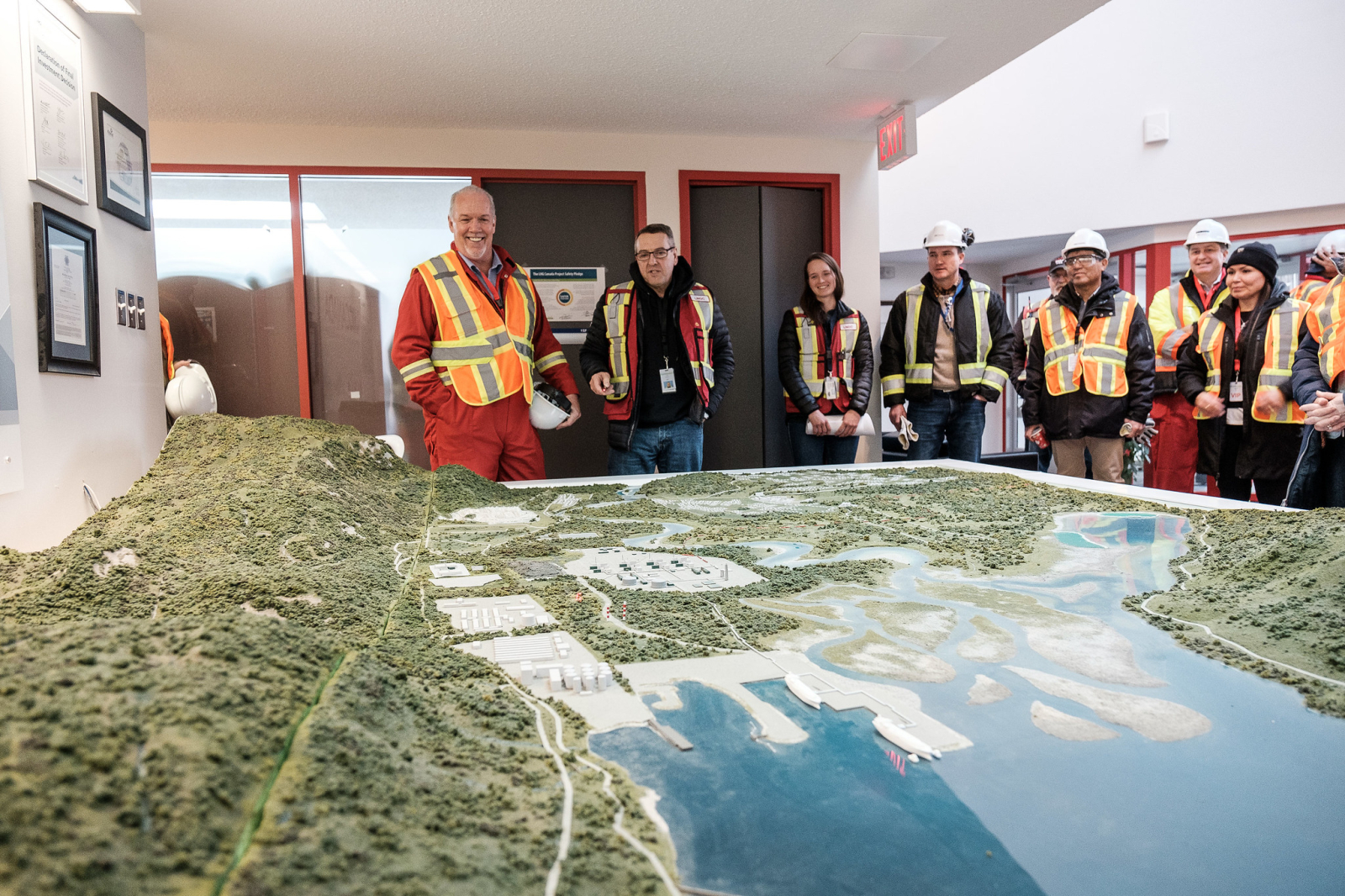
‘There’s a lot of sensitivities around it’
Seeley cautions that his “60 to 90” figure is not totally comprehensive. “I would call it a theoretical point or position,” he said.
He explained that he arrived at the figure by examining the hypothetical amount of energy that LNG Canada would produce, and then calculated what would happen if it was all offloaded in Asia and all used for producing electricity, essentially acting as a replacement for coal.
He pulled in part from International Energy Agency numbers, as well as a lifecycle analysis that he worked on in 2014-15 for Pace Global Energy Services, a consulting firm owned by Siemens, the manufacturing conglomerate. The report was prepared for the Center for Liquefied Natural Gas, a trade association of producers, shippers and others.
Seeley said he stands behind his calculations. “It’s still a pretty good anchor number,” he said. “I think those numbers are still strong, and in fact I think if you took a theoretical position on gas versus coal displacement for power, the numbers are probably even bigger.”
But he acknowledged his figure was “presented in a range to allow for many uncertainties in this type of analysis,” and that “there’s a lot of sensitivities around it.”
Those “sensitivities” are real-world factors, such as the fact that natural gas drilling, processing and transport releases large amounts of methane, which is 86 times as powerful as carbon dioxide in trapping heat in the atmosphere over a 20-year period. A 2019 study in the journal Biogeosciences connected a rise in global methane levels since 2008 with the boom in fracking operations.
Scientists say this steep rise in atmospheric methane is jeopardizing the planet’s efforts to hold the global temperature rise to 2C above pre-industrial levels and slow the more extreme effects of climate change.
The oil and gas industry is the largest industrial contributor to methane emissions in Canada. The industry flares or vents methane into the atmosphere, and methane also leaks accidentally from oil and gas equipment. A 2017 peer-reviewed study in the journal Atmospheric Chemistry and Physics found that methane leaks from B.C.’s oil and gas industry were at least two and a half times higher than provincial estimates.
Wahiba Yaici, a research scientist at Natural Resources Canada, said that in a straight-up comparison between natural gas and coal, coal is clearly worse. Not only is it more carbon-intensive, it also releases particulate matter when it’s burned, as well as pollutants and heavy metals linked to asthma, cardiovascular problems and premature death.
Given that natural gas processing and transport releases methane, however, these sorts of comparisons are “exactly the challenge,” said Yaici, who studies how to reduce emissions from energy generation. She said converting systems to use hydrogen, which doesn’t emit carbon pollution, could be superior to either coal or natural gas.
Jinsheng Wang, another research scientist at Natural Resources Canada who studies unconventional oil and gas, confirmed that LNG could only result in less carbon pollution than coal if the methane emissions from increased natural gas exploitation were minimized.
Coal-to-gas or coal-to-renewables?
This minimization is exactly what Seeley is counting on. He acknowledged that accounting for methane is an important consideration, and the lifecycle analysis that he worked on does include an extensive description of methane leaks and how they can affect questions about carbon pollution.
But he also pointed to the Trudeau government’s commitment to cut methane emissions from the oil and gas sector by 40 to 45 percent from 2012 levels by 2025. Ottawa has negotiated a draft deal with B.C. that would recognize its own methane regulations as contributing to that goal.
Foreign LNG-producing nations, like Nigeria, which signed a deal in December to boost its LNG output by over 30 per cent, won’t have such stringent regulations in place, Seeley warned.
“That’s the point that I’d really like to make. ‘Well, what about methane?’ or ‘what about this?’ or ‘what about that?’ — those questions are correct, they need to be asked. But Canada isn’t accountable for everyone else,” he said. “If we don’t develop our own highly-sustainable LNG, it just means more from Nigeria, Qatar and other places that really don’t have the same regulations. And so then we end up with carbon leakage.”
That’s not necessarily true, argued Keith Stewart, a senior energy strategist with Greenpeace Canada and University of Toronto part-time instructor who has worked on climate policy for almost 20 years.
Reuters reported last year that renewables are “set to compete on an equal footing with coal- and gas-fired electricity” in China, according to the country’s state planning agency. Wood Mackenzie Power and Renewables has also said the average levelized cost of electricity for solar and wind is already cheaper than gas in China, and will be competitive with coal by 2026.
“Natural gas is on balance better than coal, but I think that’s no longer the only choice,” said Stewart.
“A lot of these calculations were done when it was assumed that renewables were always going to be more expensive than coal. But now in many places it’s actually cheaper to build and operate wild and solar plants than it is to buy the coal to go into a coal plant.”
The Pembina Institute conducted similar research when it examined the pollution-saving claims of the former Pacific NorthWest LNG project. The think tank concluded that LNG from B.C. “would not only compete with carbon-intensive fossil fuels such as coal, but also with low- and zero-emitting sources of energy, including nuclear, hydro, solar, and wind.”
The most “likely scenario,” it found, is that B.C. LNG will actually “displace clean and renewable forms of electricity, resulting in a significant increase to global greenhouse gas emissions.”
LNG Canada did not return a request for comment as to why its advertorial does not disclose Seeley’s status, background, or “sensitivities.”
The ‘bridge to nowhere’
It is also not clear what the global gas market will look like down the road. Thanks in part to the fracking boom, the world is currently awash in cheap natural gas — so cheap that, in some places like the Permian basin in Texas, gas prices have fallen to negative numbers, meaning producers are paying others to take it off their hands. They are also flaring, or burning it off, at record levels.
Seeley acknowledged the difficulty of predicting gas demand. “Actual global greenhouse gas reductions from the sale of B.C. LNG to China would depend on the end use of the gas and what it will displace or replace,” he noted.
Over the past two years, he said, China has largely used LNG for industrial heat and for residential areas, as opposed to swapping it in to coal power plants, but this would still deliver 40 per cent lower emissions on a lifecycle basis.
In the end, Stewart argued, the issue boils down to corporations attempting to lock in fossil fuel emissions for decades by building large pieces of energy infrastructure, regardless of how much LNG might actually be in demand.
“Increasingly we’re seeing renewables coming in so cheap that if you’re investing in natural gas, you’re kind of blocking out renewables,” he said. “From Greenpeace’s perspective, we need to get off fossil fuels, and LNG is a bridge to nowhere.” SOURCE
RELATED:



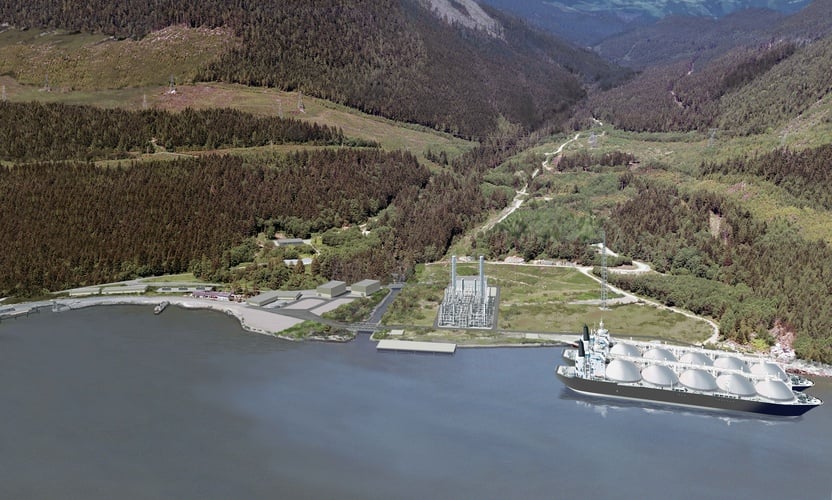
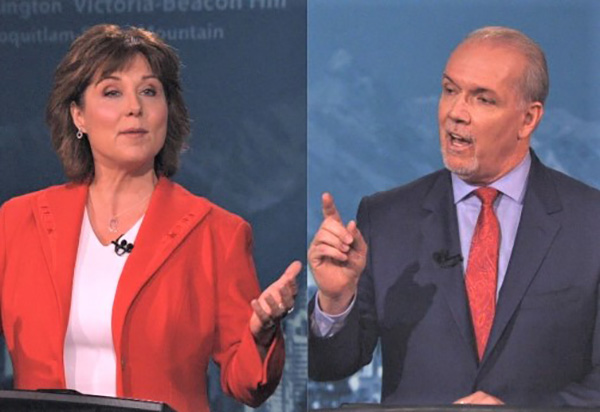

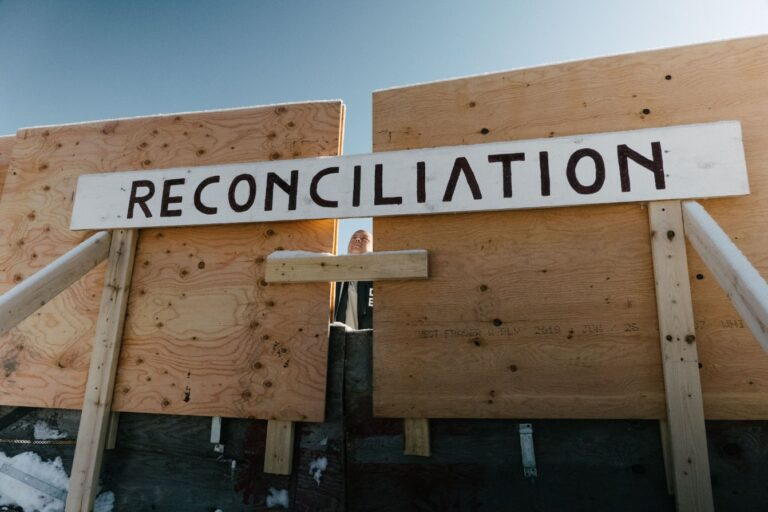

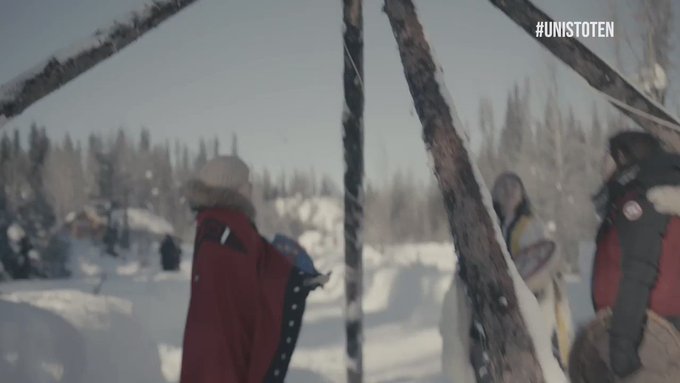
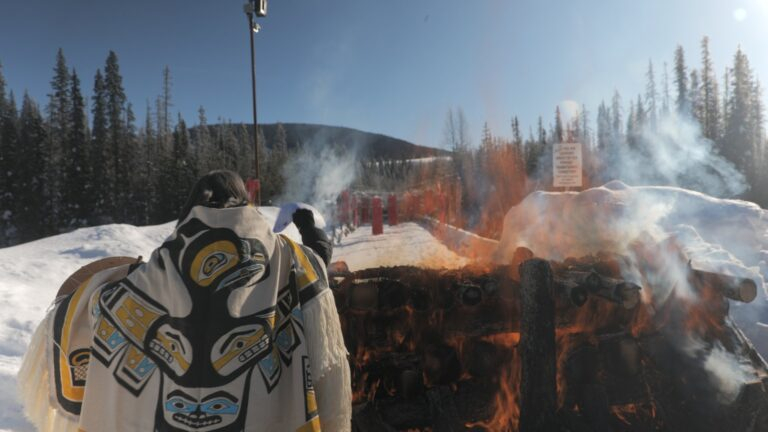

 A natural gas well pad with numerous wells for fracking near Farmington, B.C. The LNG industry in British Columbia is the recipient of numerous tax breaks and exemptions. Photo: Garth Lenz / The Narwhal
A natural gas well pad with numerous wells for fracking near Farmington, B.C. The LNG industry in British Columbia is the recipient of numerous tax breaks and exemptions. Photo: Garth Lenz / The Narwhal Prime Minister Justin Trudeau visited Victoria in April of 2018 to reiterate the federal government’s support for the Trans Mountain pipeline and commitment to the Oceans Protection Plan. Photo: Carol Linnitt / The Narwhal
Prime Minister Justin Trudeau visited Victoria in April of 2018 to reiterate the federal government’s support for the Trans Mountain pipeline and commitment to the Oceans Protection Plan. Photo: Carol Linnitt / The Narwhal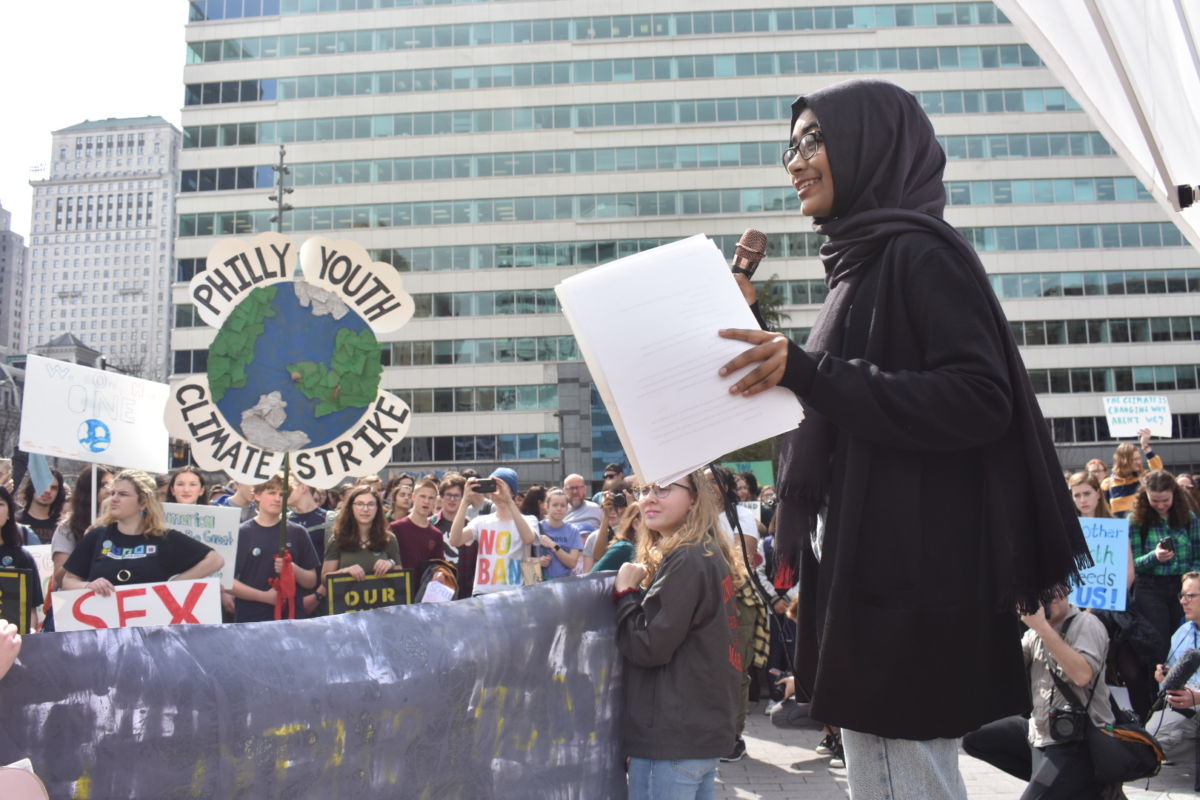
/https://www.thestar.com/content/dam/thestar/opinion/star-columnists/2019/05/14/jagmeet-singhs-call-for-fossil-fuels-ban-leapfrogs-the-leap-manifesto/ajw104546487.jpg)

